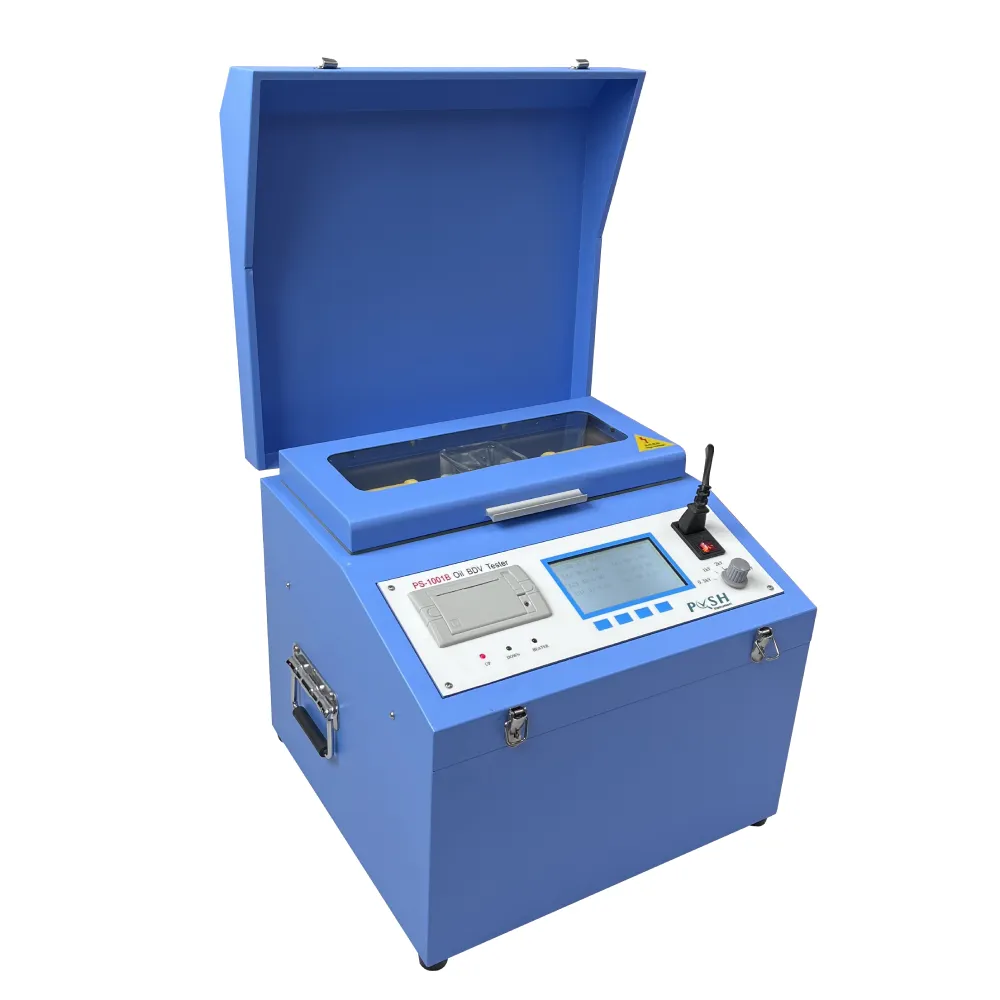 English
English



-
 Afrikaans
Afrikaans -
 Albanian
Albanian -
 Amharic
Amharic -
 Arabic
Arabic -
 Armenian
Armenian -
 Azerbaijani
Azerbaijani -
 Basque
Basque -
 Belarusian
Belarusian -
 Bengali
Bengali -
 Bosnian
Bosnian -
 Bulgarian
Bulgarian -
 Catalan
Catalan -
 Cebuano
Cebuano -
 China
China -
 China (Taiwan)
China (Taiwan) -
 Corsican
Corsican -
 Croatian
Croatian -
 Czech
Czech -
 Danish
Danish -
 Dutch
Dutch -
 English
English -
 Esperanto
Esperanto -
 Estonian
Estonian -
 Finnish
Finnish -
 French
French -
 Frisian
Frisian -
 Galician
Galician -
 Georgian
Georgian -
 German
German -
 Greek
Greek -
 Gujarati
Gujarati -
 Haitian Creole
Haitian Creole -
 hausa
hausa -
 hawaiian
hawaiian -
 Hebrew
Hebrew -
 Hindi
Hindi -
 Miao
Miao -
 Hungarian
Hungarian -
 Icelandic
Icelandic -
 igbo
igbo -
 Indonesian
Indonesian -
 irish
irish -
 Italian
Italian -
 Japanese
Japanese -
 Javanese
Javanese -
 Kannada
Kannada -
 kazakh
kazakh -
 Khmer
Khmer -
 Rwandese
Rwandese -
 Korean
Korean -
 Kurdish
Kurdish -
 Kyrgyz
Kyrgyz -
 Lao
Lao -
 Latin
Latin -
 Latvian
Latvian -
 Lithuanian
Lithuanian -
 Luxembourgish
Luxembourgish -
 Macedonian
Macedonian -
 Malgashi
Malgashi -
 Malay
Malay -
 Malayalam
Malayalam -
 Maltese
Maltese -
 Maori
Maori -
 Marathi
Marathi -
 Mongolian
Mongolian -
 Myanmar
Myanmar -
 Nepali
Nepali -
 Norwegian
Norwegian -
 Norwegian
Norwegian -
 Occitan
Occitan -
 Pashto
Pashto -
 Persian
Persian -
 Polish
Polish -
 Portuguese
Portuguese -
 Punjabi
Punjabi -
 Romanian
Romanian -
 Russian
Russian -
 Samoan
Samoan -
 Scottish Gaelic
Scottish Gaelic -
 Serbian
Serbian -
 Sesotho
Sesotho -
 Shona
Shona -
 Sindhi
Sindhi -
 Sinhala
Sinhala -
 Slovak
Slovak -
 Slovenian
Slovenian -
 Somali
Somali -
 Spanish
Spanish -
 Sundanese
Sundanese -
 Swahili
Swahili -
 Swedish
Swedish -
 Tagalog
Tagalog -
 Tajik
Tajik -
 Tamil
Tamil -
 Tatar
Tatar -
 Telugu
Telugu -
 Thai
Thai -
 Turkish
Turkish -
 Turkmen
Turkmen -
 Ukrainian
Ukrainian -
 Urdu
Urdu -
 Uighur
Uighur -
 Uzbek
Uzbek -
 Vietnamese
Vietnamese -
 Welsh
Welsh -
 Bantu
Bantu -
 Yiddish
Yiddish -
 Yoruba
Yoruba -
 Zulu
Zulu
Cooking Oil Quality Assessment Device for Precise Measurement and Analysis
The Importance of Cooking Oil Quality Testing
Cooking oil is a staple ingredient in kitchens around the world, playing a pivotal role in the preparation of countless dishes. As consumers, we often focus on the flavors and health benefits of oils, but the quality of cooking oil is paramount for both culinary success and health safety. This raises the critical need for cooking oil quality testing, an essential process that ensures we are using the best and safest products in our cooking endeavors.
The Need for Quality Testing
Cooking oils are susceptible to degradation from exposure to light, heat, and air, which can lead to the formation of harmful compounds. Rancidity is a common issue associated with old or improperly stored oils, causing off-flavors and unpleasant odors. Additionally, the presence of impurities or adulterants can significantly diminish the quality of the oil and potentially harm health. Therefore, testing cooking oil for quality is crucial for several reasons, including ensuring safety, maintaining flavor integrity, and maximizing nutritional benefits.
Techniques for Testing Cooking Oil Quality
There are several methods employed to evaluate the quality of cooking oils
. Both laboratory testing and at-home testing kits can be utilized, depending on the level of precision required.1. Physical Tests These include assessing the oil’s appearance, color, and odor. Pure oils should have a clear appearance and pleasant aroma. Any cloudiness or off-putting smell can indicate spoilage or contamination.
cooking oil quality tester

2. Chemical Tests This involves analyzing the oil's fatty acid composition, peroxide value, and free fatty acid levels. The peroxide value measures the degree of oxidation, which is a critical indicator of rancidity. High levels of free fatty acids can also indicate deterioration, affecting both flavor and shelf life.
3. Sensory Evaluation Tasting the oil can provide insights into its quality. Professional tasters or trained panels often assess flavor attributes, detecting any off-flavors that could suggest spoilage or poor quality.
4. At-Home Testing Kits For the everyday consumer, accessible testing kits are available. These kits can measure parameters like acidity and oxidation levels, allowing individuals to make informed choices about the oils they use.
Benefits of Using Quality Cooking Oil
High-quality cooking oils not only enhance the flavors of your meals but also contribute to overall health. For instance, oils rich in monounsaturated fats and omega-3 fatty acids, such as extra virgin olive oil and avocado oil, have been linked to heart health. On the other hand, low-quality oils can contain trans fats, which are detrimental to cardiovascular health. Thus, investing in quality cooking oils can have long-term benefits for well-being.
Conclusion
In summary, cooking oil quality testing is an essential practice for both consumers and culinary professionals. Understanding the importance of oil quality and utilizing effective testing methods not only ensures that we are using safe and flavorful oils but also enables us to make better nutritional choices. As awareness of healthy cooking practices grows, so does the demand for high-quality ingredients. By prioritizing cooking oil quality testing, we can elevate our culinary experiences and promote better health in our kitchens. Remember, the next time you’re shopping for cooking oil, take a moment to consider its quality, and don’t hesitate to test it if you have concerns. After all, the oil you choose can make all the difference in both the taste and healthfulness of your meals.
-
Exploring the Main Types of Industrial Endoscopes and Their Applications Across IndustriesNewsJul.04,2025
-
Testing Equipment Industry Sees Major Advancements in 2025: Smart & Precision Technologies Lead the WayNewsJun.06,2025
-
Applications of Direct Current Generators in Renewable Energy SystemsNewsJun.05,2025
-
Hipot Tester Calibration and Accuracy GuidelinesNewsJun.05,2025
-
Digital Circuit Breaker Analyzer Features and BenefitsNewsJun.05,2025
-
Benefits of Real-Time Power Quality Monitoring Devices for Industrial EfficiencyNewsJun.05,2025



